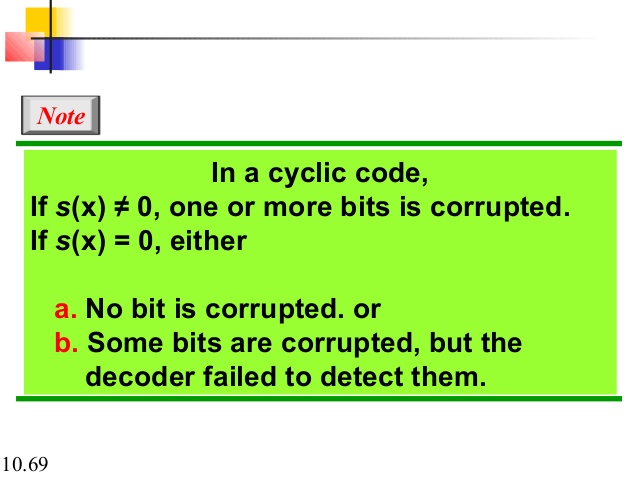

Using Z_4-linearity, a new family of distance regular graphs are constructed on the cosets of the "Preparata" code. Binary first- and second-order Reed-Muller codes are also linear over Z_4, but extended Hamming codes of length n >= 32 and the Golay code are not. An algebraic hard-decision decoding algorithm is given for the "Preparata" code and a Hadamard-transform soft-decision decoding algorithm for the Kerdock code. All these codes are extended cyclic codes over Z_4, which greatly simplifies encoding and decoding. A central computer surrounded by one or more satellite computers is called a bus network star network ring network all of the above A network which is used for sharing data, software and hardware among several users owning microcomputers is called LAN WAN MAN VAN The dialogue techniques for terminal use do not include form fillings. The Kerdock and "Preparata" codes are Z_4-analogues of first-order Reed-Muller and extended Hamming codes, respectively.

The Kerdock and "Preparata" codes are duals over Z_4 - and the Nordstrom-Robinson code is self-dual - which explains why their weight distributions are dual to each other. Duality in the Z_4 domain implies that the binary images have dual weight distributions. The construction implies that all these binary codes are distance invariant. It is shown here that all these codes can be very simply constructed as binary images under the Gray map of linear codes over Z_4, the integers mod 4 (although this requires a slight modification of the Preparata and Goethals codes).

These include the codes constructed by Nordstrom-Robinson, Kerdock, Preparata, Goethals, and Delsarte-Goethals. In this paper, we study cyclic codes over the ring Fp×(Fp+vFp)\documentclass\).Ĭertain notorious nonlinear binary codes contain more codewords than any known linear code.


 0 kommentar(er)
0 kommentar(er)
